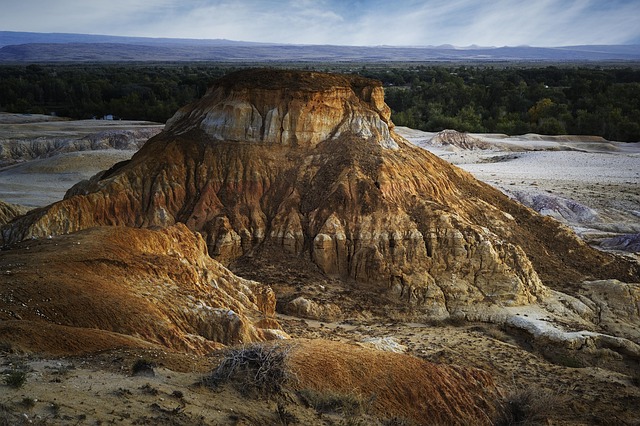Desertification stands as one of the most pressing challenges our environment faces today, particularly as we grapple with the pervasive impacts of climate change. The deterioration of soil structure is a core consequence that not only threatens agricultural productivity but also undermines biodiversity and disrupts ecosystems. As vast areas of once-fertile land become arid, the implications extend beyond mere land loss; they echo through the air we breathe, the water we drink, and the food we eat.
The soil is often underestimated in its role as a living entity that supports the web of life. Healthy soil is a complex mix of organic matter, nutrients, and microorganisms, essential for growing crops and sustaining natural vegetation. However, when desertification takes hold, this intricate balance falls apart. Soil becomes compacted and loses its ability to absorb water, leading to a vicious cycle of drought and further degradation. This deterioration of soil structure spells disaster for farmers relying on the land to produce food.
Moreover, the environmental consequences of soil degradation extend far beyond agricultural realms. With the loss of vegetation cover, we witness an increase in greenhouse gas emissions as carbon stored in the soil is released into the atmosphere. This exacerbates climate change, creating a feedback loop that further threatens ecosystems worldwide. The disruption of habitats pushes many species to extinction, stripping away the biodiversity that is crucial for ecological resilience.
Community resilience is often tested in regions affected by desertification. Nations heavily reliant on agriculture struggle with food security, economic stability, and water supply issues. Rural communities are forced to migrate, leaving behind their ancestral lands, which not only threatens cultural identities but also disrupts local economies. These socio-economic ramifications foster a sense of loss and despair, making it crucial to address the root causes of desertification.
As global temperatures continue to rise, combating desertification requires immediate and concerted action. It is vital to implement sustainable land management practices that restore the integrity of soil. Techniques such as agroforestry, cover cropping, and crop rotation can help rehabilitate degraded lands, improving soil structure and enhancing water retention. Additionally, investing in education and resources for affected communities can empower them to adopt practices that protect their land.
In conclusion, the deterioration of soil structure due to desertification is not just an environmental issue; it encapsulates a complex interplay of social, economic, and ecological challenges. As climate change continues to unfold, addressing this crisis must become a global priority to ensure a resilient, sustainable future for all.


